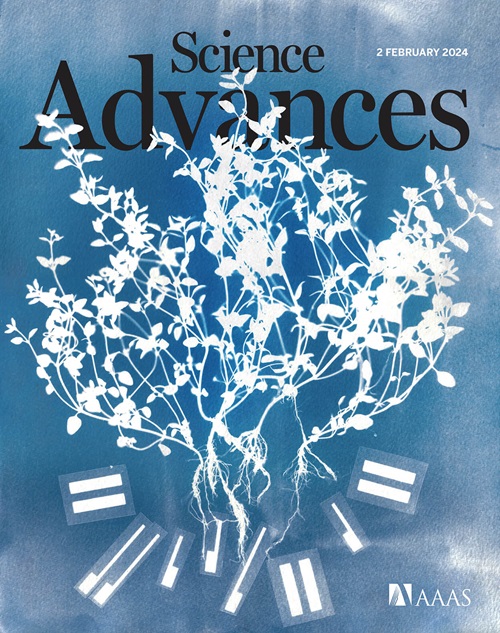Tuning catalyst-support interactions enable steering of electrochemical CO2 reduction pathways
IF 11.7
1区 综合性期刊
Q1 MULTIDISCIPLINARY SCIENCES
引用次数: 0
Abstract
Tuning of catalyst-support interactions potentially offers a powerful means to control activity. However, rational design of the catalyst support is challenged by a lack of clear property-activity relationships. Here, we uncover how the electronegativity of a support influences reaction pathways in electrochemical CO2 reduction. This was achieved by creating a model system consisting of Cu nanoparticles hosted on a series of carbon supports, each with a different heteroatom dopant of varying electronegativity. Notably, we discovered that dopants with high electronegativity reduce the electron density on Cu and induce a selectivity shift toward multicarbon (C2+) products. With this design principle, we built a composite Cu and F-doped carbon catalyst that achieves a C2+ Faradaic efficiency of 82.5% at 400 mA cm−2, with stable performance for 44 hours. Using simulated flue gas, the catalyst attains a C2+ FE of 27.3%, which is a factor of 5.3 times higher than a reference Cu catalyst.

调整催化剂与支撑剂之间的相互作用可引导电化学二氧化碳还原途径
本文章由计算机程序翻译,如有差异,请以英文原文为准。
求助全文
约1分钟内获得全文
求助全文
来源期刊

Science Advances
综合性期刊-综合性期刊
CiteScore
21.40
自引率
1.50%
发文量
1937
审稿时长
29 weeks
期刊介绍:
Science Advances, an open-access journal by AAAS, publishes impactful research in diverse scientific areas. It aims for fair, fast, and expert peer review, providing freely accessible research to readers. Led by distinguished scientists, the journal supports AAAS's mission by extending Science magazine's capacity to identify and promote significant advances. Evolving digital publishing technologies play a crucial role in advancing AAAS's global mission for science communication and benefitting humankind.
 求助内容:
求助内容: 应助结果提醒方式:
应助结果提醒方式:


